How to fix a radiator leak with improvised means
The operation of any system is associated with periodic repairs, therefore, heating is not an exception to the rule. Most often, radiators fail, and this can occur in the summer, and during their work at full capacity.
Even a minor fistula can quickly become a big problem. Today our task is to teach you to eliminate small and large leaks yourself.
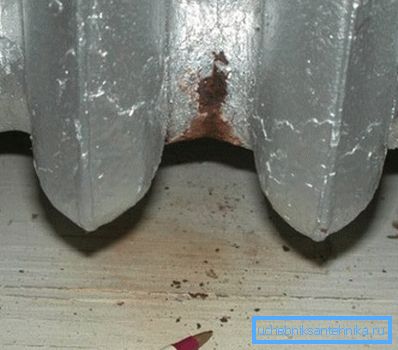
Heating radiator drip - determine the cause
If you notice that the heating system has leaked, immediately call the emergency service. As a non-specialist, you will find it difficult to understand what can be expected from her. Do not forget, in apartment buildings, heating is supplied under high pressure.
Tip: install in front of the heaters taps on the supply and return pipe, then you can turn them off during troubleshooting.
In the autonomous heating system, this problem can be solved independently. In most cases, a leak appears between the sections (metal corrosion or drying of the gasket) or at the junction of the radiators with the pipe.
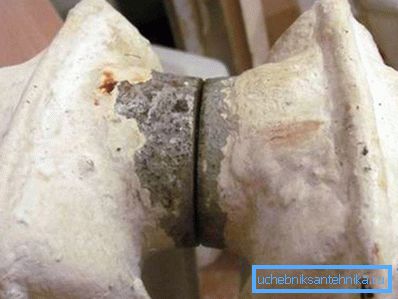
| Clamp | To help stop the rush will be able to normal clamp. It consists of two metal flat half rings with rubberized inserts. Products come in different sizes, so it’s easy to choose it for the desired diameter. |
| Piece of rubber | Urgent repairs can be carried out with a piece of rubber - from a harness, bicycle or auto-camera. Wrap the place of the leak and tighten the usual wire on top. |
| "Cold welding" | You can try to stop the leakage in the metal by “cold welding”. It is a two-component composition, reminiscent of clay when it softens. After applying to the fistula, it begins to harden. Note that the material should be applied on a dry, clean surface. The price of "cold welding" is quite affordable. |
| Underwrap | This option should be used only after disconnecting the radiator from the heating system. This is usually done when a leakage has occurred at the junction of the pipe and the battery. Use a gas key to unscrew the clutch and add a tow or a webbing tape. |
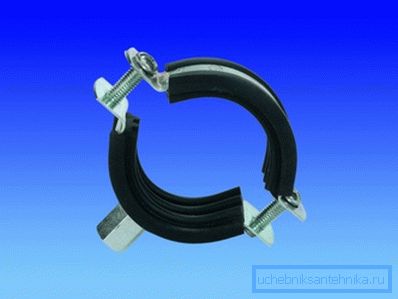
Eliminate a minor leak
A small rush can be eliminated on your own, for which you should cook:
- medical bandage - 2-3 packs;
- cement;
- alabaster;
- salt;
- a basin of water.

Note, before work you must cut off the water in the damaged area.
- Dissolve the cement with water, the consistency should resemble liquid sour cream.
- Cut the medical bandage into 300 mm pieces.
- Saturate it with cement mortar.
- Wind the bandage with your own hands on the damaged part of the battery.
- Repeat the operation with the next piece, and so on, until the “cocoon” is obtained.

Tip: the first layers can be impregnated with alabaster, which hardens much faster than cement and will not allow water to wash out the last.
If the radiator starts to leak on the thread, wet the bandage and roll it in salt, then wrap on the problem connection. After the salt is dissolved in water, it cools the gap formed. Then the repair can be continued with a bandage with cement.
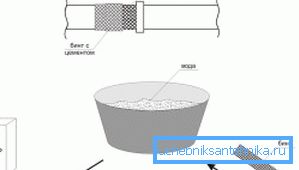
We remove a strong leak
The instructions below will help you to do everything correctly:
- Prepare pieces of rubber about 3-4 mm thick. Well suited old camera from the bike.
- Cut them to a length of 200-300 mm.
- Wrap the inside of the problem area with rubber bands.
- Secure the ends with homemade metal wire clips. This will reduce the flow.
- Make the same “cocoon” of bandage, alabaster and cement over the rubber, as in the previous case.
Tip: the leaked radiator after turning off the heating must be removed and repaired with the replacement of the problem area.
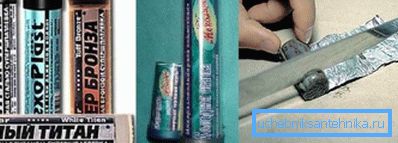
Additional ways
- Use moisture-resistant glue to eliminate leaks.. This method has proved itself well when sealing leakage at the junction of sections. Saturate the fabric with heat-resistant and moisture-resistant glue and wrap the problem area with it. As soon as the glue dries, the leakage will be securely closed. We recommend using a two-component epoxy adhesive in this case.
- The use of an airtight seal will be advisable when repairing minor damage.. To do this, use a special sealant on a powder or polymer base. You can purchase formulations in hardware stores.
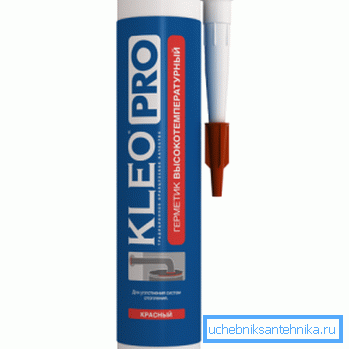
After contact with air, the material begins to polymerize. The result will be a solid seal, thanks to which you will have time for a more substantial repair.
Sometimes the compositions are polymeric two-component, hardening only when they are mixed. Another sufficient chemical reaction with oxygen present in the air.
Conclusion
The methods proposed above only postpone the solution of the problem for a more favorable period, and do not eliminate it completely. Therefore, do not forget after the end of the heating period to replace the damaged radiator or its section. It is also advisable to check for possible leaks and other batteries to be sure (also learn how to connect radiators).
The video in the article will help you find additional information on this topic.